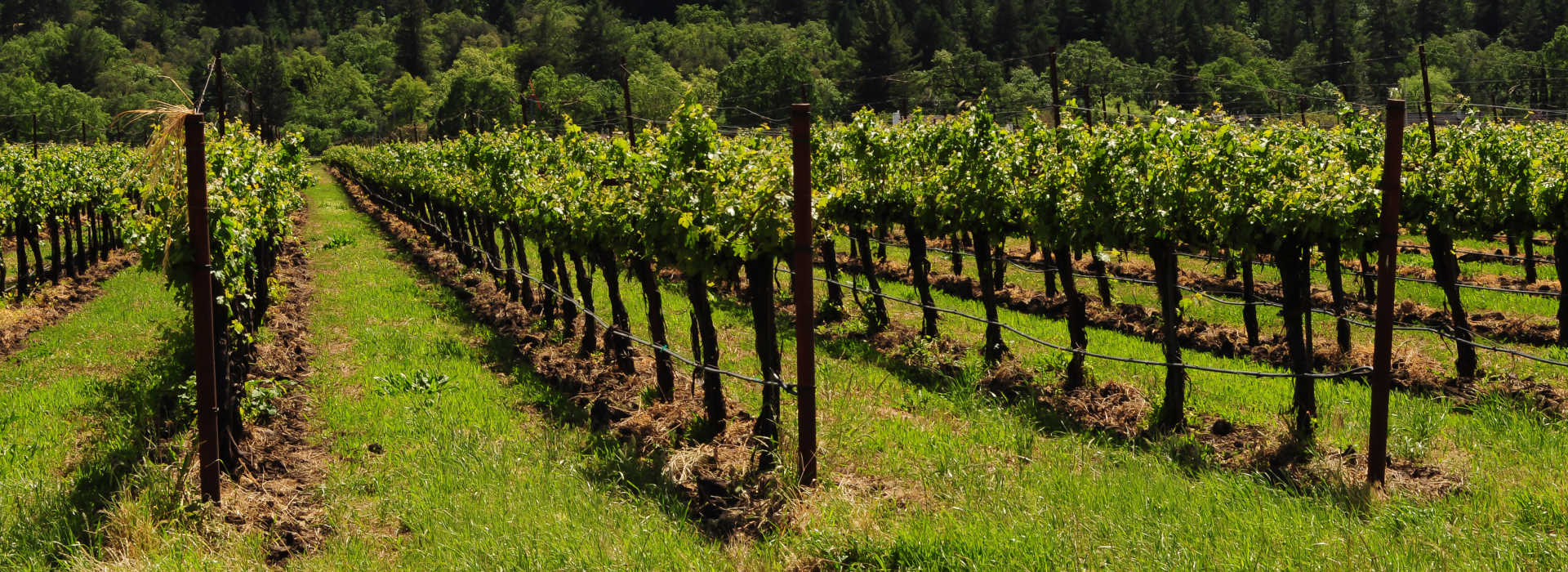Alex Gambal Bourgogne Cuvee Les Deux Papis Pinot Noir 2018



Product Details
Your Rating
Somm Note
Winemaker Notes
Deep ruby color, aromas of red and black fruit, flavors of pepper, savory game and dark cherries.
This wine is best paired mid-week dinners including rotisserie chicken.




THE MOVE: In 1991-1992, I began to explore the possibility of living abroad for a year or two while our children were young. We had become interested in wine and it had become our major avocation.
In May 1993, my family and I moved to Burgundy, France to take a year off to work with and help manage a small wine export company based in Beaune, France. Our goal was simply to take a year's sabbatical from Washington but we hoped that if we and the children were content we might stay longer. We moved to a small village of 150 people just outside Beaune, in the center of Burgundy, put the children in French schools, and four years later we looked back on a wonderful experience that changed our lives.
FIRST STEPS IN BURGUNDY: When we arrived in 1993 the wine business was in the dumps because of the world recession and a glut of fine wine. As we worked our way through the recession I was able to taste a variety of old, young and great wines with some of the greatest winemakers in the world. In addition, because we lived, worked and had our children in French schools, we were not perceived as tourists and were welcomed into the hidden Burgundy as parents and friends. And thus had a unique and wonderful experience.

Thin-skinned, finicky and temperamental, Pinot Noir is also one of the most rewarding grapes to grow and remains a labor of love for some of the greatest vignerons in Burgundy. Fairly adaptable but highly reflective of the environment in which it is grown, Pinot Noir prefers a cool climate and requires low yields to achieve high quality. Outside of France, outstanding examples come from in Oregon, California and throughout specific locations in wine-producing world. Somm Secret—André Tchelistcheff, California’s most influential post-Prohibition winemaker decidedly stayed away from the grape, claiming “God made Cabernet. The Devil made Pinot Noir.”

The most acclaimed region of Burgundy, the Côte d’Or is defined by a long, limestone escarpment beneath the ground's surface and is home to all of Burgundy’s most famous wines. While Chardonnay and Pinot Noir are produced throughout the Côte d’Or, the north tends to excel at Pinot Noir and the south, at Chardonnay.
The northern half of the Côte d’Or is called the Côte de Nuits. Here reside most of the Pinot noir Grands Crus vineyards of Burgundy—the only one farther south, in Côte de Beaune, is Aloxe-Corton.
The Côte de Beaune is the center all of the Chardonnay Grands Crus with the exception of Le Musingy, found in Chambolle-Musigny in the Côte de Nuits, which produces both Pinot Noir and Chardonnay with Grand Cru status.
